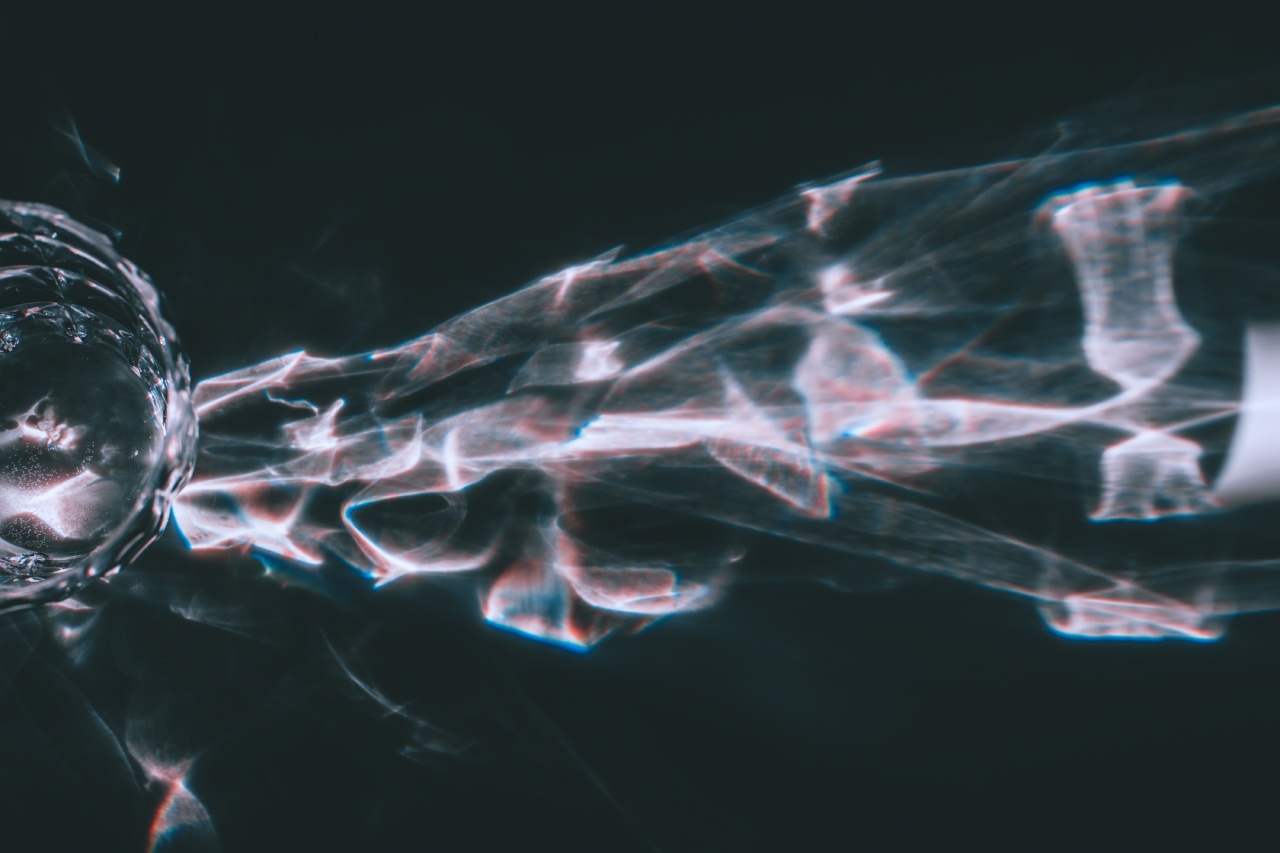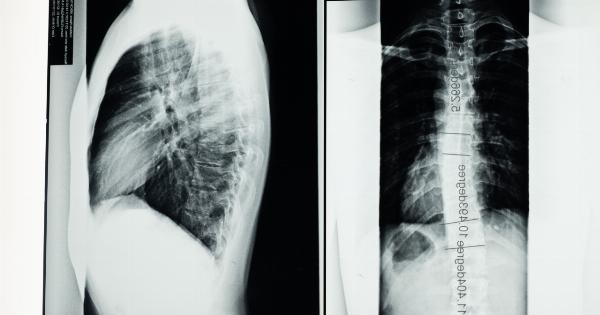Lordosis and scoliosis are common spinal conditions that affect millions of people worldwide. They can cause various symptoms and impact a person’s overall quality of life.
Understanding these conditions is crucial in order to identify and manage them effectively. This article aims to provide a comprehensive overview of lordosis and scoliosis, using visual aids to aid in understanding these conditions.
What is Lordosis?
Lordosis, also known as swayback or saddleback, is a condition characterized by an excessive inward curvature of the spine in the lower back. This condition can cause the buttocks to appear more pronounced and the abdomen to protrude.
It can be categorized into different types, such as lumbar lordosis and cervical lordosis, depending on the affected area of the spine.
Causes of Lordosis
Lordosis can be caused by various factors, including:.
- Muscle imbalances: Weakness in the abdominal and gluteal muscles or tightness in the hip flexors can contribute to excessive lordotic curvature.
- Obesity: Excess weight can put additional stress on the spine, leading to an increased curvature.
- Structural abnormalities: Some individuals may have a natural predisposition to lordosis due to the shape and structure of their spine.
- Injury or trauma: An injury to the lower back can alter the natural curvature of the spine, leading to lordosis.
Symptoms of Lordosis
Depending on the severity of the condition, individuals with lordosis may experience various symptoms, including:.
- Lower back pain and stiffness
- Difficulty standing or sitting for prolonged periods
- Protruding abdomen or buttocks
- Changes in posture
Treatment for Lordosis
Treatment for lordosis depends on the underlying cause and severity of the condition. Some common treatment options include:.
- Physical therapy: Exercises and stretches focusing on strengthening the core muscles and promoting proper alignment of the spine can be beneficial.
- Pain management: Over-the-counter pain medications or prescription drugs may be recommended to manage pain and discomfort.
- Back braces: In some cases, a back brace may be prescribed to provide support and help correct the spinal curvature.
- Surgery: For severe cases, surgery may be recommended to correct the curvature and stabilize the spine.
Understanding Scoliosis
Scoliosis is a condition characterized by an abnormal sideways curvature of the spine. This condition can affect people of all ages, but it is most commonly diagnosed in adolescents during their growth spurt.
Scoliosis can vary in severity and may require medical intervention depending on the degree of curvature.
Causes of Scoliosis
The exact cause of scoliosis is often unknown, referred to as idiopathic scoliosis. However, there are several factors that can contribute to the development of scoliosis, including:.
- Genetic factors: Scoliosis tends to run in families, suggesting a genetic component.
- Neuromuscular conditions: Certain conditions, such as cerebral palsy or muscular dystrophy, can increase the risk of developing scoliosis.
- Birth defects: Spinal abnormalities present at birth can lead to the development of scoliosis over time.
- Uneven leg length: A significant difference in leg length can cause the spine to curve in order to compensate.
Symptoms of Scoliosis
Symptoms of scoliosis can vary depending on the degree of curvature and the individual. Some common signs and symptoms include:.
- Uneven shoulders or hips
- Visible curvature of the spine
- Uneven waist or ribcage
- Back pain, particularly during physical activity
Treatment for Scoliosis
Treatment for scoliosis is determined based on factors such as the degree of curvature, age, and overall health. Treatment options may include:.
- Observation: If the curvature is mild, no specific treatment may be required, but regular monitoring is important.
- Bracing: In moderate cases, a brace may be prescribed to help slow down the progression of the curvature.
- Surgery: For severe cases or when the curvature continues to progress, surgery may be recommended to correct the alignment of the spine.
- Physical therapy: Exercises and stretches can be helpful in managing symptoms and strengthening the muscles supporting the spine.
Conclusion
Lordosis and scoliosis are two common spinal conditions that can significantly impact a person’s well-being. Understanding the causes, symptoms, and treatment options for these conditions is crucial for effective management.
Visual aids can play a key role in improving comprehension and awareness. If you suspect you or someone you know may be affected by lordosis or scoliosis, consult with a healthcare professional for a proper diagnosis and personalized treatment plan.































